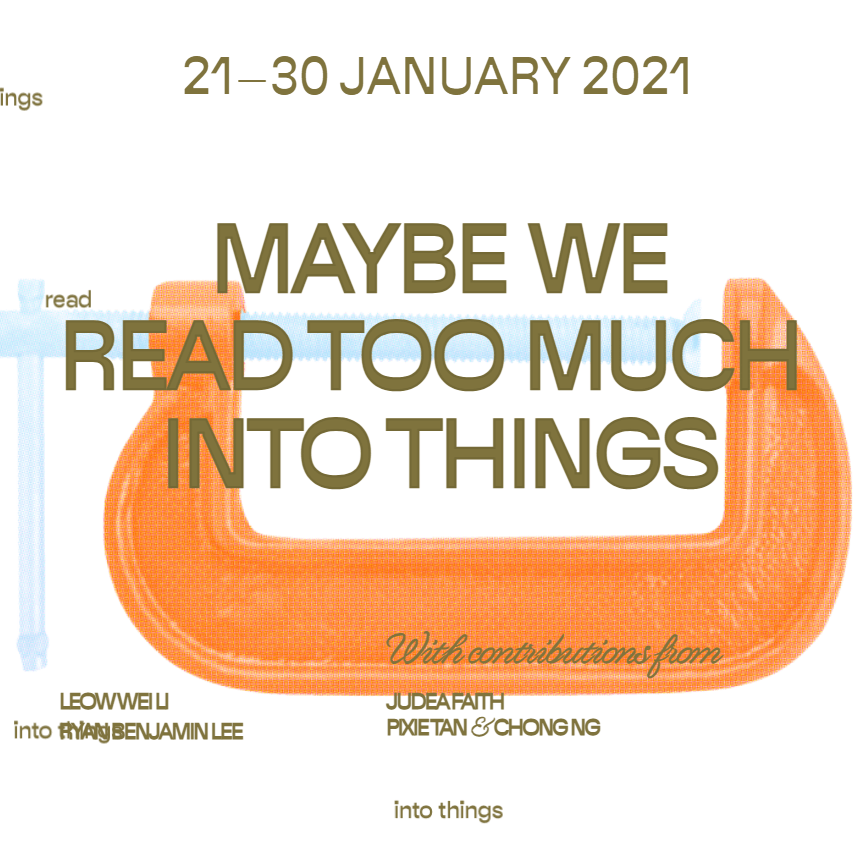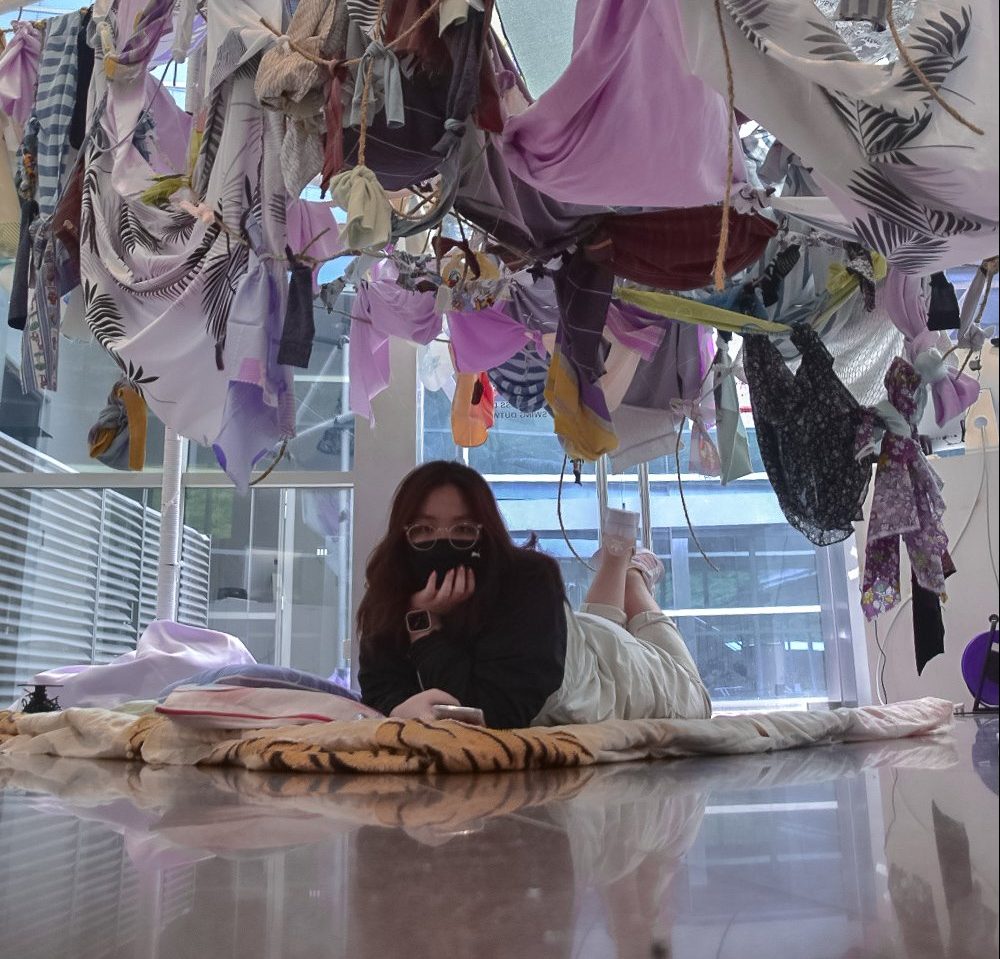This reading describes well the whole notion of design for a user and its goal to serve human needs and goals. It made me think of my current standing as an Interactive Media student – what am I striving towards, and what kind of design or art I would like to give to my audience.
The reading talks mostly about Interactive Design – the discipline focused on defining the form and behaviour of interactive products, services and systems. I felt like it was pretty similar to our Interactive Devices class, where we were tasked to create devices that targetted a particular context or situation, and help to alleviate it. I’m not much of a devices person, but the questions that Interaction Design answers are pretty applicable to both designers and artists alike (i will make some adjustments to show the application):
What activities does the product/service/artwork support, and how?
What workflow provides the best way for users/the audience to accomplish their goals/your concept?
What information do users/artists/the audience need at each point in that process?
What information does the system/artwork need from the users/the audience?
How will users move from one activity to another? (applicable to interactive artworks/ space-based artworks)
How is functionality segmented and manifested?
Goal-Directed Design
I think as a student who wants to create immersive environments for my audience, I relate with Alan Cooper’s way of putting himself as the end-user and mentally walking through different interactions as he was coding them. That gives the creator of the device or experience a better way to enhance the experience or functionality to a normal user or audience. This method is good for creating a well-planned schedule or process for a certain concept to be achieved, especially since we are all reaching the final stages of our course.
Final Thoughts
This reading made me question the execution method of my works and whether I prefer to be an artist or designer. I do relate better to being an experience designer as I feel more inclined to make spaces and immerse my audience within my concept, and am interested in learning technologies such as projection mapping. But there is still space for experimentation and self-learning and we would never know what kind of designer or artist we would become in future.



